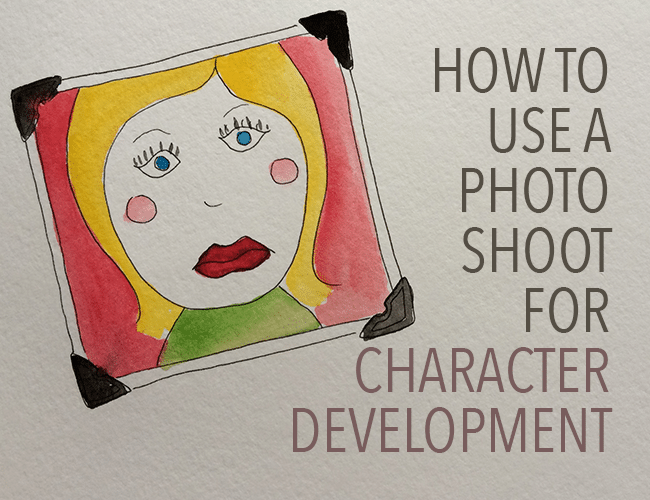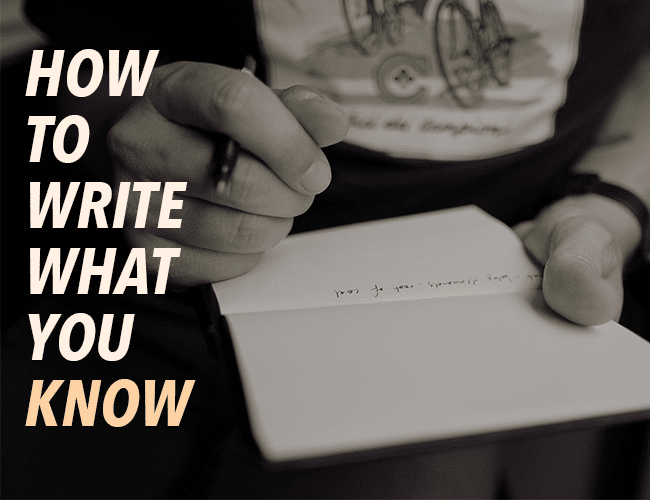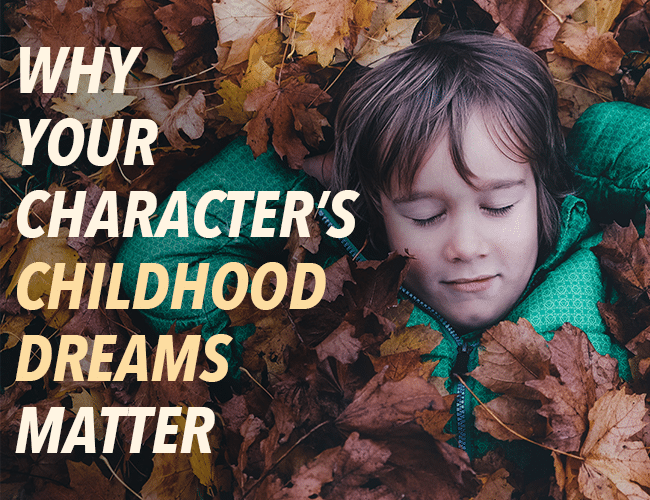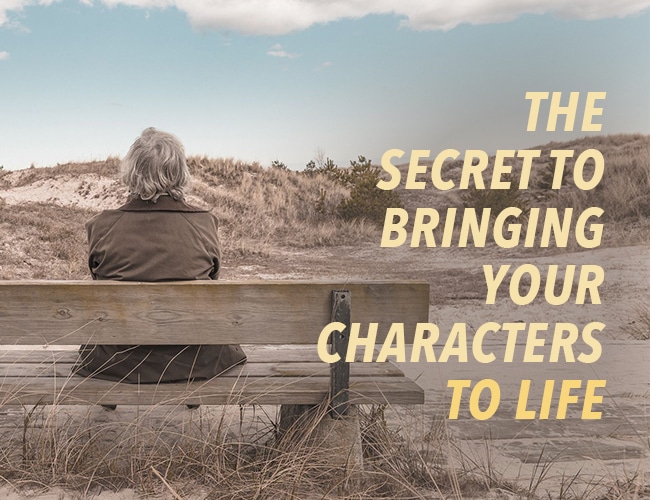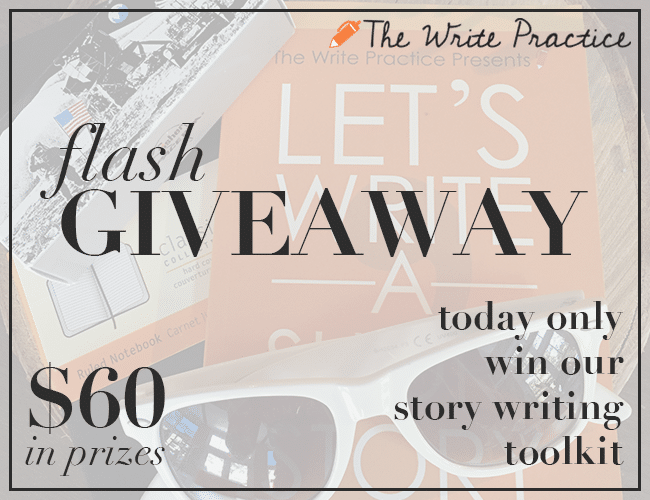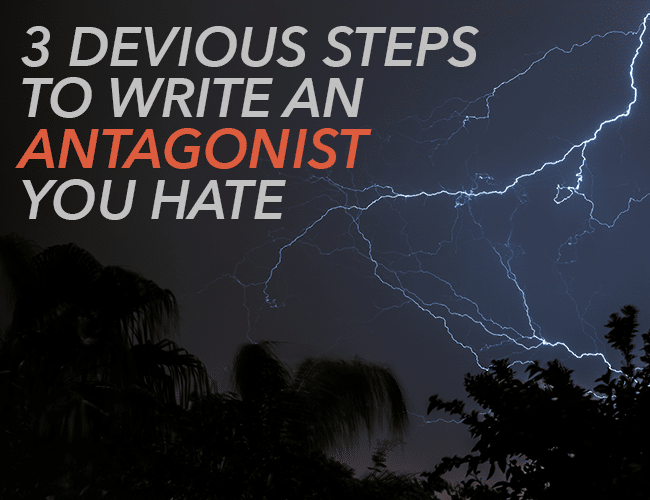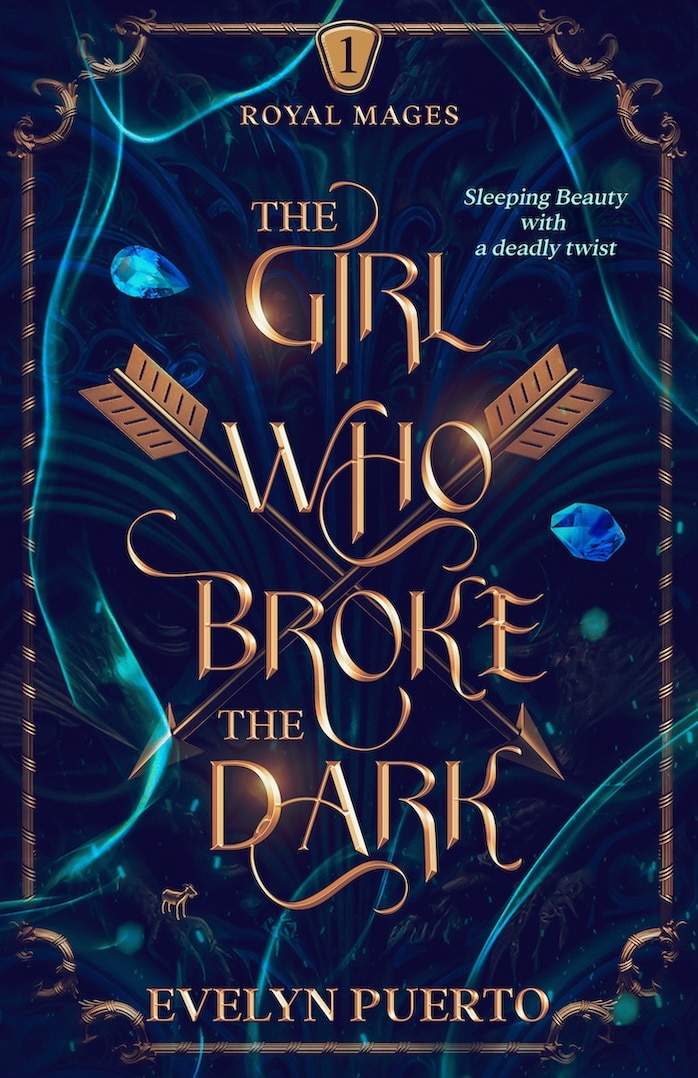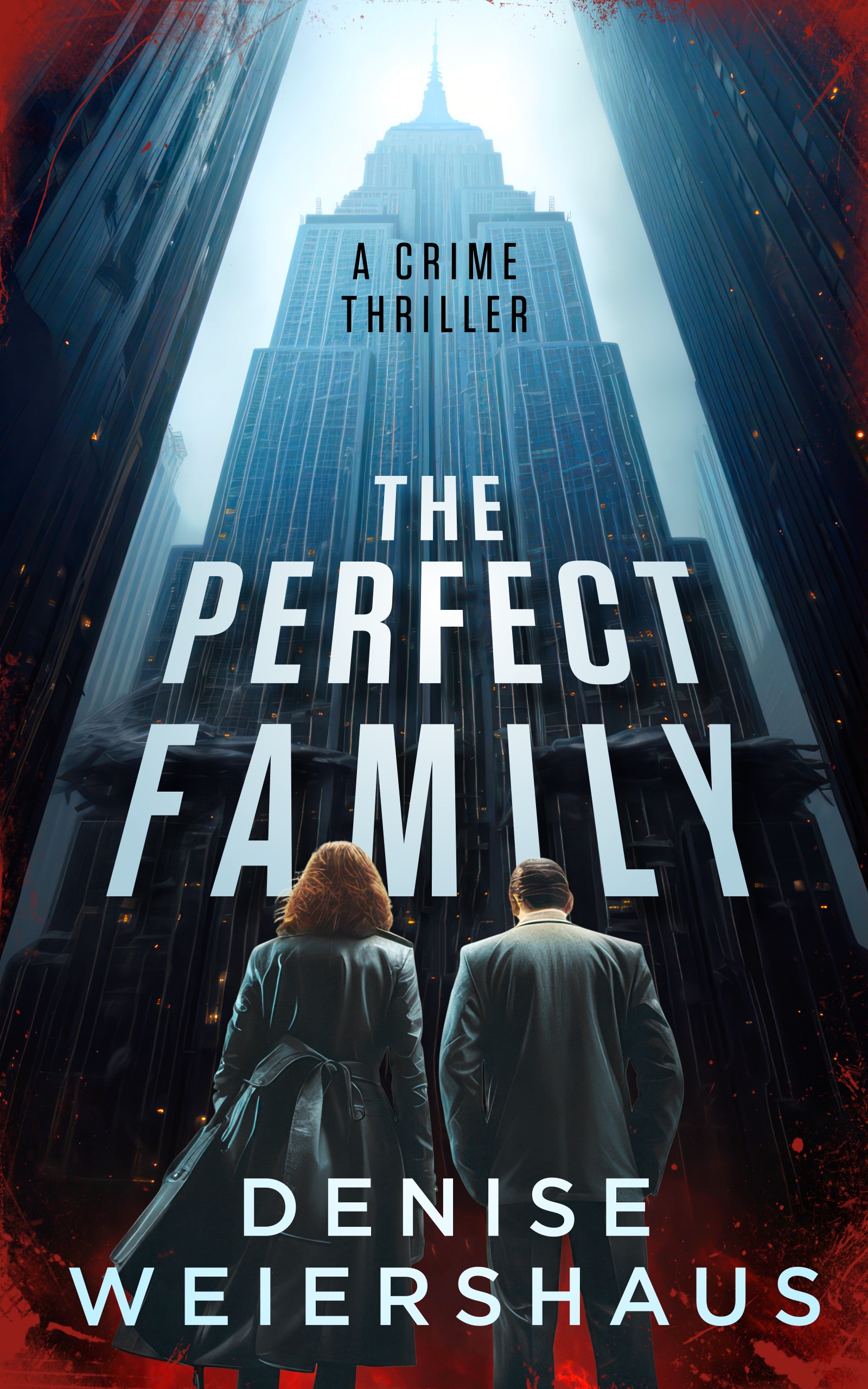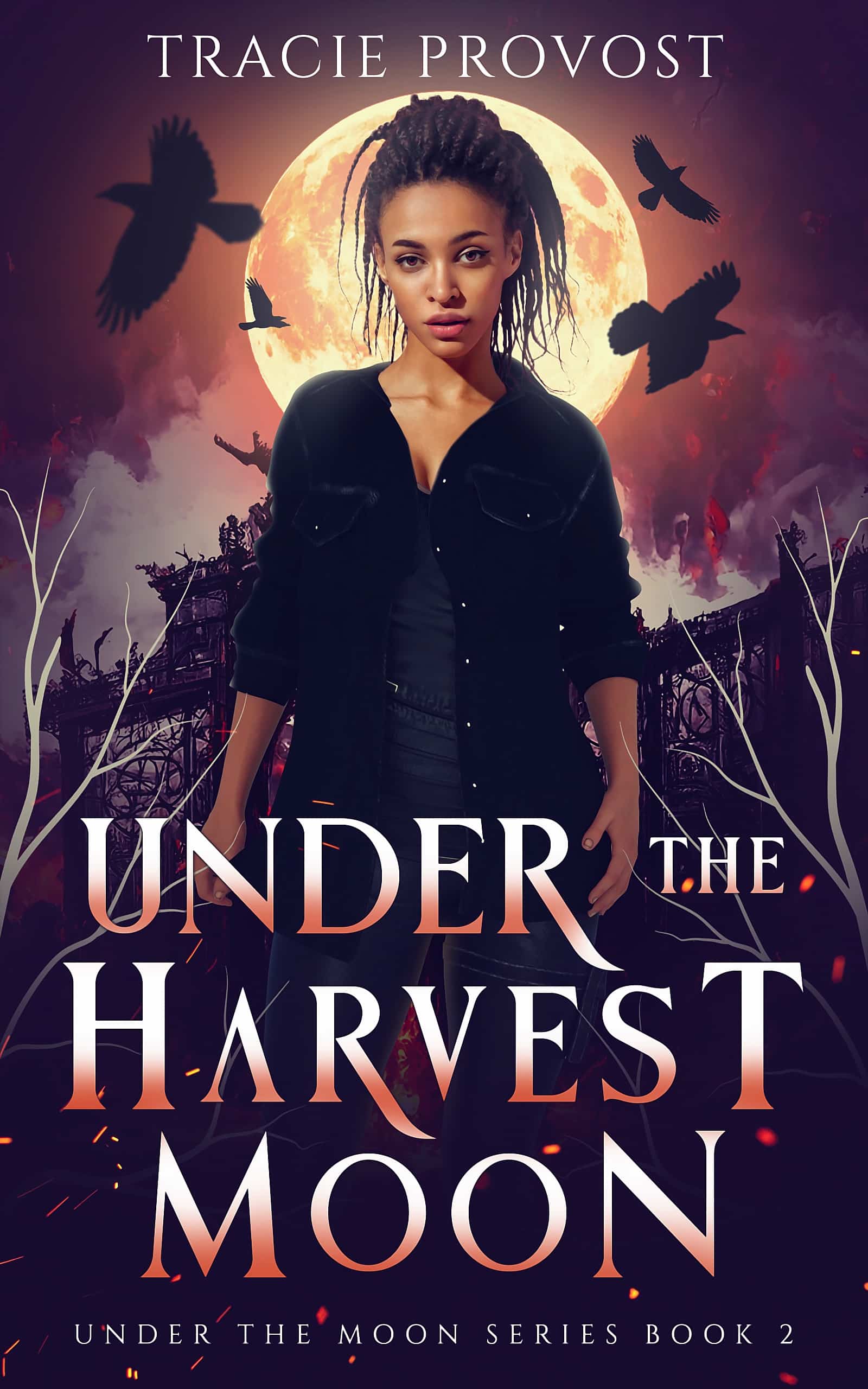When we imagine what a character looks like, we see only the basic, surface details, like height and hair color. But when we describe a character in a photograph, a person is more than their hair color, height, and gender. We can learn a lot about them from the way they pose for the photograph.
The photographer has arrived to photograph the characters for your story. They are setting up the lights and the backdrop as your characters get ready to have their photograph taken. Here’s how visualizing a photo shoot will help you improve your character development.
